The M3… for kids’ sports?
Hi Steve,
Last year, I wrote a short article for your site called “The Leica M9… for sports?” .
This year, I’m still photographing my kids’ sports activities with an M9, but two weeks ago I decided to take my M3 instead.
I did it for a couple of reasons: Firstly, I just like the look of film. Secondly, I thought it would be fun.
Well, 3 rolls of Tri-X 400 later, I ended up with some keepers. Actually, I ended up with a whole bunch of keepers, and I’m sharing a few here.
Incidentally, if any of your readers are interested in learning about how I process my B&W film, they can read about it here.
Regards,
Peter | Prosophos

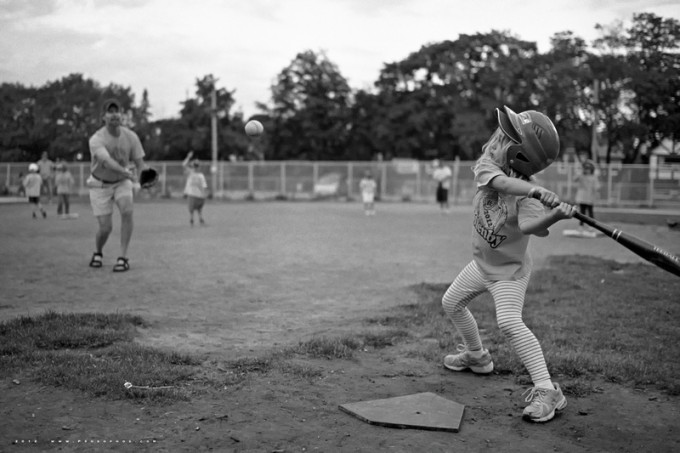
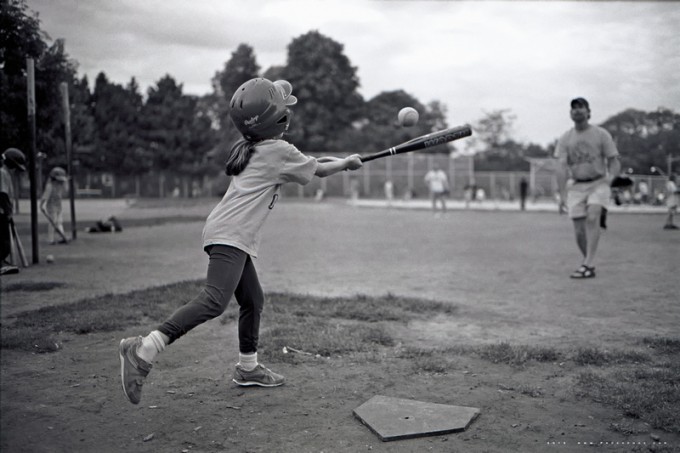
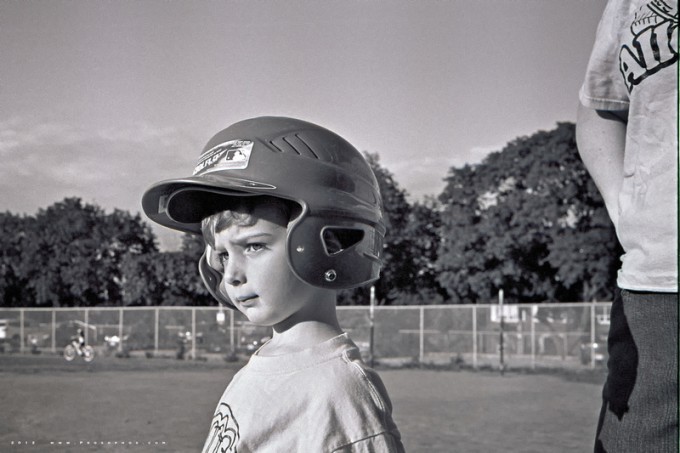

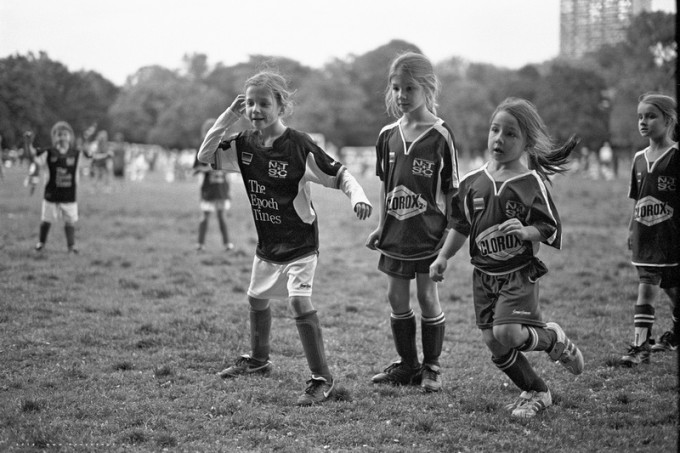
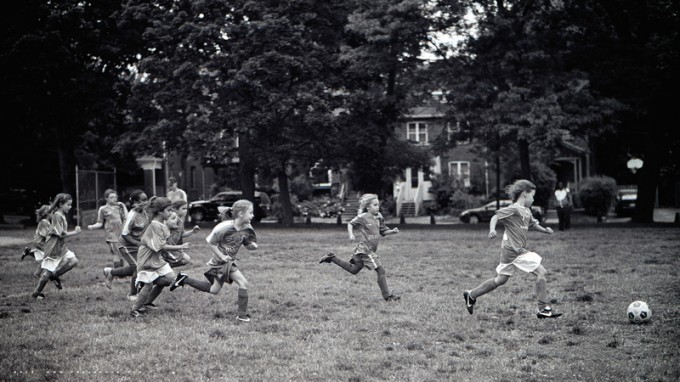
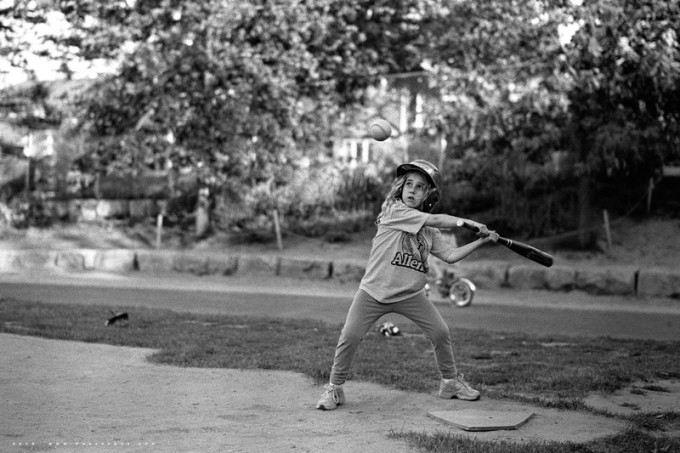
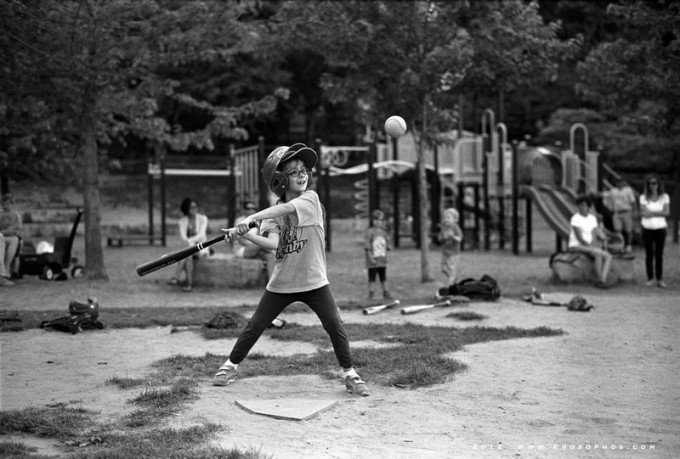


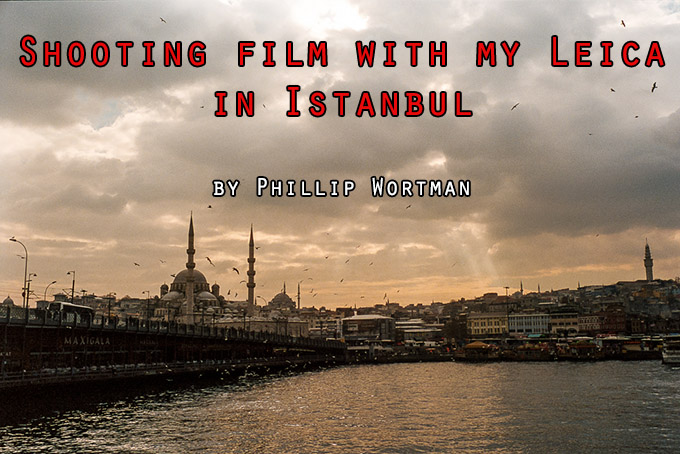
Fantastic photos with full of joy :o)
First one is astonishing
… Nikon D3, for kids sports!:O
Awesome! Love them!
Done lots of sports with my M3 and my 21/3.4 Super Angulon. Prefocusing is a snap when you shoot wide.
I use a m6, 24mm, occasional swc & hp5 as my go to for sports.
http://minnichphoto.blogspot.com/2011/06/2011-baseball-season-is-over.html
Very beautiful, as usual from film characteristics. All of them look very beautiful, but the first, the second and the last one are quite outstanding..
Fantastic shots, I absolutely love the look of film and these photos really have a sense of timelessness. 🙂
The M3 is great for sports, low latency and follow the action out of the frame. The high-mag finder is great for the 135 focal length.
I would have brought-out the 200mm RF-Coupled Komura as well. This would have been the place to use it.
Good.Job looks really old school which I think looks really cool
Cheers
It’s good to jump out of your ‘comfort zone’ now and then. Great pix.
Like cidereye, I like a bit more snap, but that’s a matter of taste.
The fact of the matter is, this wasn’t easy to do, and there’s some great shots there.
Sorry Peter, but I was really bored with your posting. Here’s why –
1) Not once did you give us any inane comparisons with 100% crops.
2) You completely missed the photographic FACT that you have to buy the latest, greatest all singing camera to take photographs. Shame on you Sir!
3) You did not give us ANY camera recommendations so that we can get our credit cards out and go spending the money that is burning a hole in our pockets.
4) You completely missed a good opportunity to hype up the next as yet “unreleased” camera that may be out in a few months.
5) You showed REAL photographs? What on earth is that all about? Don’t tell us you actually go out and use your cameras? What a geek you must be!
Sorry Peter but I despair for the above points, I could of course list many, many more. Off to DP Review now to get some real photo insight!
(/ sarcasm mode/ off/ )
Great shots as always Peter, shot using the wrong tool for the wrong job and showing what a load of old guff that is – it’s the photographer that counts, not the tools used. Please, please, please post more of these articles as I can’t take any more buy more gear posts from salesmen on here! LOL 😀
🙂 You made me laugh…
Nice shots! I would think the challenge iwas not s much in using film or manual focus (everyone did that 30-40 years ago, and sports photography existed then as well…) but in using 35mm and 50mm FL.
That would explain the “flatness” that some commented on. The images aren’t flat; contrast is good, but the backgrounds are relatively fussy and in a narrow range of greys.
Using a moderate or medium tele would create more “contrast” in the images (isolate the main subject more as well), and so would choosing different backgrounds, for instance in a more even light grey, to make the main subject stan out more.
You don’t always have that choice of course, and it doesn’t make life easier either.
I don’t mean to criticise, just offering some thoughts.
Cheers,
Michiel
That’s where a conflict of viewpoint arises so often today in B&W film work. The tonality in the above shots are excellent IMHO and what many say B&W is and should be all about. They are not wrong.
The other side of the fence view is that others like their blacks “black” and their whites “white”. Now I like this look myself (don’t get me wrong and it is why I personally prefer using Neopan most of the time) but back in the day you would get heavily critiqued by most for this and the only time you mainly saw that look (or got that look with the film emulsions back then) was when film was pushed. Sports being the prime area of course.
Hey, I’m sat firmly on the fence on this one as both types of B&W (in my eyes) serve a purpose and I appreciate & enjoy both viewing and shooting both types. 🙂
Like the photos very much. LIke the gradations of tone as well. (I think our eyes are becoming too habituated to the commercial, high contrast mode of presentation.) Your pics have nice character, almost nostalgic, which goes well with b&w
Peter…i have used the m9 with 50 and 35 lenses for my kids rugby tournaments. I was quite unsure at first but when opening the files in lightroom and seeing how one can magnify/crop the shots…I was pleasanly surprised…even sold a few prints to other mums and dads.
Good to hear that Bob, I have often thought that there is a good market for that sort of thing. The times that kids are young and playing sports is short lived and to have memories of them are so important. I personally would love to have photographs of myself playing sport when I was younger (I could have been a contender! ;), I have a few thanks to my father and his Nikkormat but wish I had more. I would pay huge amounts to somehow turn the clock back and get those shots. This is a win win market for photographers and parents (and their kids) and needs more attention. Too many great moments lost to the mists of time.
Peter, I just want to let you know that I really enjoy your posts on http://www.prosophos.com. You’re truly an amazing photographer!
BEAUTIFUL JOB! I love the look of film too and almost bought a film camera a week or so ago after testing out a friend’s mint condition Leica R6 and three lenses (he wants me to sell on ebay). Shooting sports with a manual focus rangefinder takes guts, patients, vision and talent. Bravo. And they all have a classic documentary look and feel from days gone by.
Agreed, love the documentary look about them. A lot of pictures these days have the dreaded social media look about them. Not these. Could be out of the archives! love them.
Nice shots Peter, I would be too scared to give this a try with film. Though I see you did it for fun, so no harm done there. 🙂
Now doing it via an M-9 may be a little better. You already know how much I love using my NEX-7 for it though. 🙂
Simply one of the best posts in awhile that brings a smile!
Pete
http://www.captainshutter.wordpress.org
Awesome shots! That’s brave shooting baseball with film and an M3 to boot….but they look great!
hi P, these are great catches. did you use a ND filter when you loaded iso400 films w/ your leica in daylight, in order to keep using wide open aperture? thanks
I like these images a LOT! The quality that stands out for me is the stop-action perfect focus. It reminds me that when one is using a manual focus camera, the focus stays put… no wandering at the last instant. With autofocus gear, the focus point can change at the last second.
I’m curious – what lens was used for these images?
Always inspiring Peter.
Your work is always great and I think it’s not the camera but the photographer.
Ross
great pictures!
Awesome!!!
Peter, nice to see your stuff again. Beautiful as usual.
Cheers…
Very nice !
Hi Peter, I follow your blog as well and enjoy each of your shots each day.
I think these look great with a real classic quality about them. I’m also loving film at the moment with my M6.
Will
have to say I love these! Beautiful images and superb timing!
Love it!
You have some great shots there! The only thing I don’t like is the TriX tones.. they’re a bit too “flat” for me..
Apart from that, we all know that the M3 is a great camera! I have a M2, maybe I’ll use it to shoot some sports someday! 😀
Peter, thanks for the excellent shots that really capture the moments within the spectacle. I really appreciate your perspective on the action. What lens were you shooting with? Bruno, which film would you recommend as an alternative to Tri-X?
i dont think they’re too flat at all but what you could do is push it to 800.. that should give it a boost in contrast (just make sure you expose properly).
you could try neopan 400 or hp5+ but tri-x will always be #1 in my books.
nice shots.
Looks like most of them were shot in overcast conditions, so they should look a little less snappy than the bright sun pictures. I think they’re fine.
If a particular film looks too “flat”, you can adjust your exposure and development, print on a higher contrast paper (if you’re printing in the darkroom), or use any number of adjustments in Photoshop or similar programs if you’re scanning.
Initial scans of negs should look flat, in order to leave room for adjustments.
Tri-X was the film of choice for thousands of professionals for 40 years. There’s nothing inherently “flat” about it.
You are correct Parisi, most of these were shot in overcast conditions, or late in the day.
Shaun, half were shot with the 50 ‘lux ASPH, the other half with the 35 ‘lux ASPH FLE.
And Yong, to answer your question (several posts below), no ND filters were required given the weather/time of day.
Cheers everybody, for the encouragement,
Peter.
Bruno, Tri-X images needn’t be flat. Mine certainly aren’t. It is all down to development and what gamma the photographer prefers. And for a cold cathode head enlarger one would ordinarily develop to a higher gamma than for enlargers with condenser or true point source illumination. Also, one mustn’t overlook the possible loss of dynamic range when the neg is scanned, and this depends to a great extent on the D-Max of the scanner.
Yes, I agree that the developer and the technique are important to the final result! But I prefer tu use a more contrasted film (like the T-Max 400, or the Rollei RPX 400 that I’m using right now)
But this is just a small detail, with some PP in the computer you can fix that.. what matters are the photos 😉
Bruno, yes, photos are what it’s all about. 🙂
Bruno, the great thing about film is that the printing process allows you to have an enormous amount of control over the contrast. Enlargers usually have an array of color filters between the film and the photographic paper which allows you to change the contrast of the print. For those of us that have the luxury of having access to an enlarger, this is great. Otherwise the overexposure does work too.
Using film is all about the fun and control printing! Like many have said: a negative to the printer/photographer, is just like a score to an orchestral conductor. It’s what you make of it that wows the crowd.
Great pics by the way!